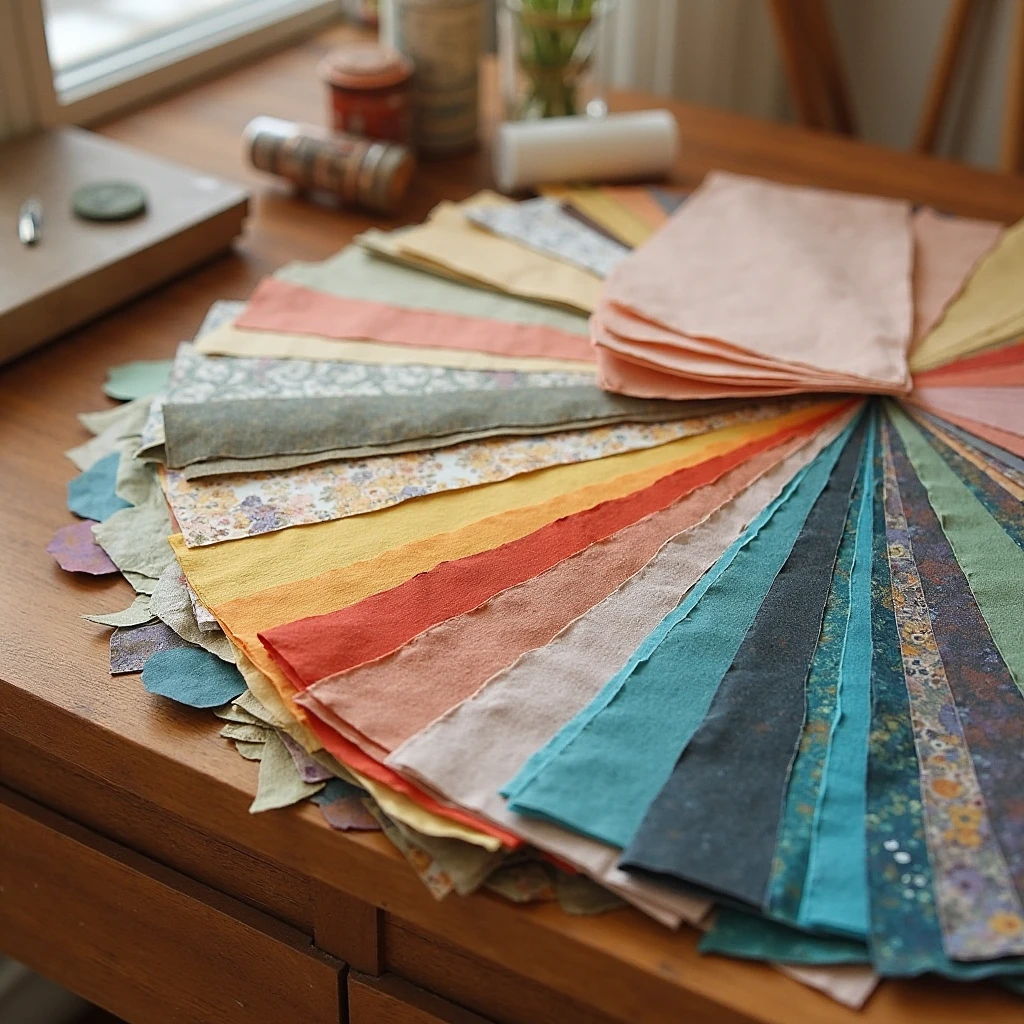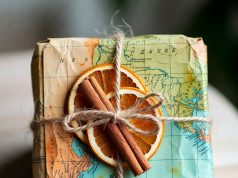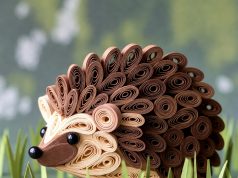Making paper at home is an amazing process that transforms ordinary waste materials into unique art materials. This ancient method, with over 2000 years of history, is now experiencing a new heyday among handmakers and eco-lifestyle enthusiasts. Let's dive into the magical world of paper crafting and learn how you can easily create beautiful sheets of paper right at home.
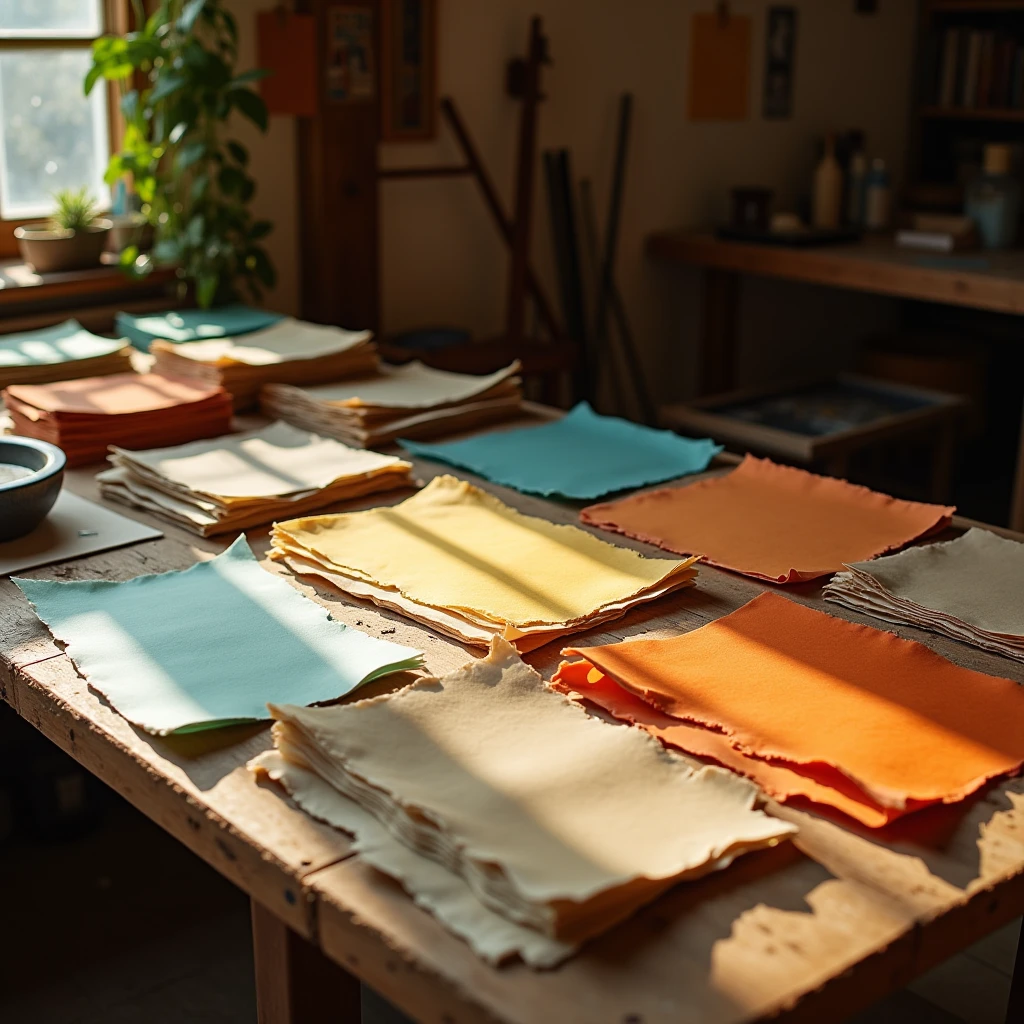
🌱 Preparing materials: what you will need
Before you start creating paper, it is important to prepare all the necessary materials. The basis for your future paper can be almost any waste paper - old newspapers, office paper, cardboard packages or even egg trays. However, remember that the color of the source material will affect the final result - newspapers will give a grayish tint, and white office paper will allow you to get lighter sheets.
To work you will need a large plastic container (a photographic cuvette or an ordinary basin will do), a blender to pulverize the mass, a wooden frame with a fine mesh stretched over it (mosquito netting or gauze can be used)A few pieces of felt or flannel cloth and a sponge to remove excess water. For decorative effects, you can prepare flower petals, grass, glitter or natural dyes.
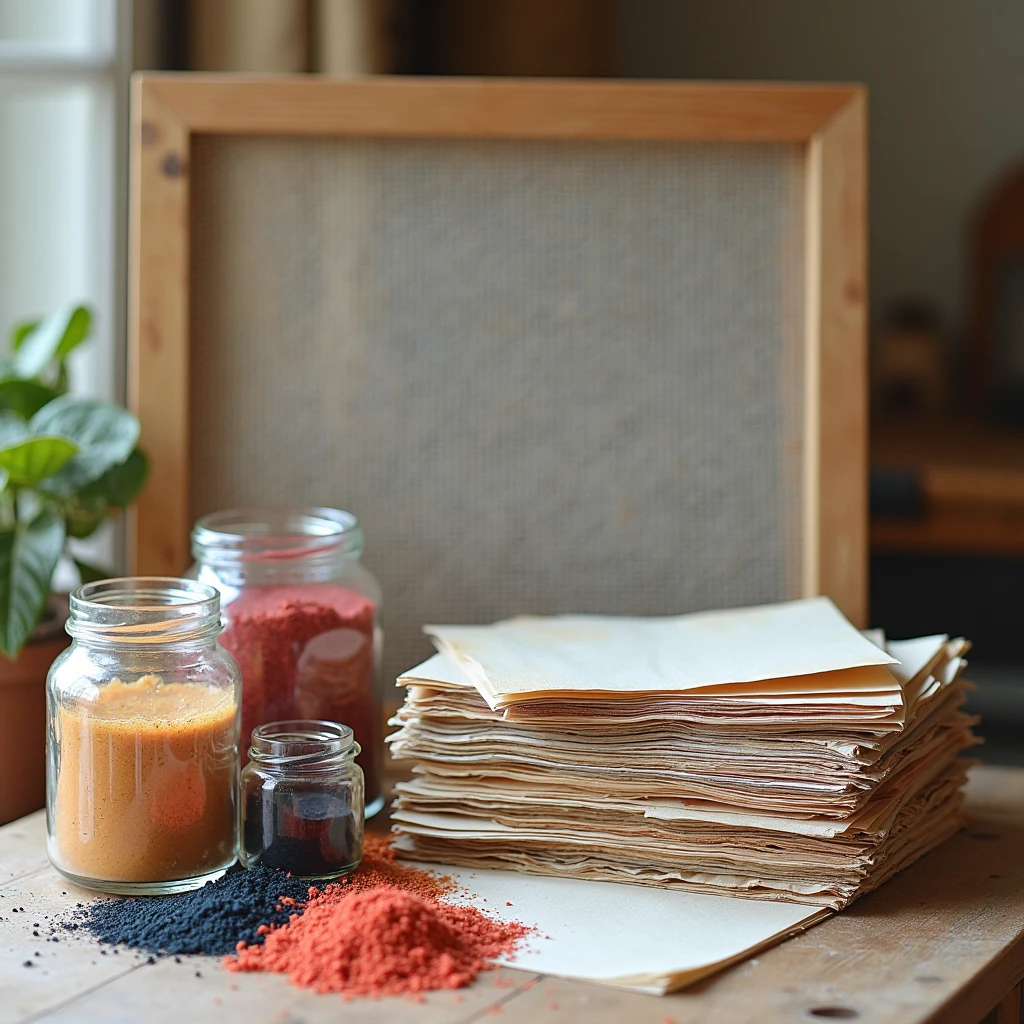
🔧 Step-by-step paper creation process
The paper making process starts with the preparation of the paper pulp. Carefully tear the chosen paper into small pieces (about 2×2 cm) and soak them in warm water for a few hours, or better overnight. This will help the fibers to soften and more easily lend themselves to further processing. After soaking, transfer the soaked paper to a blender, add water in a ratio of about 1:3 and grind to a homogeneous porridge.
Now it's time for the most creative stage - forming the sheets. Fill the working container with water by about two thirds and pour the obtained paper mass into it, mixing thoroughly. Lower the frame with a grid into this mixture and carefully lift it, catching an even layer of fibers. Allow the water to drain, then carefully turn the frame over onto the prepared fabric backing and sponge it with a sponge to remove excess moisture.
🎨 Decorative techniques and experiments
Once you've mastered the basic technique, you can start experimenting with decorative effects. Try adding flower petals, herbs or even glitter to the paper pulp to create a unique texture. Use natural dyes to color the paper: turmeric will give a warm yellow hue, beet juice will give a soft pink hue, and spun coffee will create the effect of antique parchment.
An interesting effect is obtained by adding threads, fine fabric fibers or even tea leaves to the mass. You can create watermarked paper by pressing various objects - lace, leaves or textured fabrics - into a still wet sheet. For extra strong paper, try adding a little PVA glue or starch to the mass.
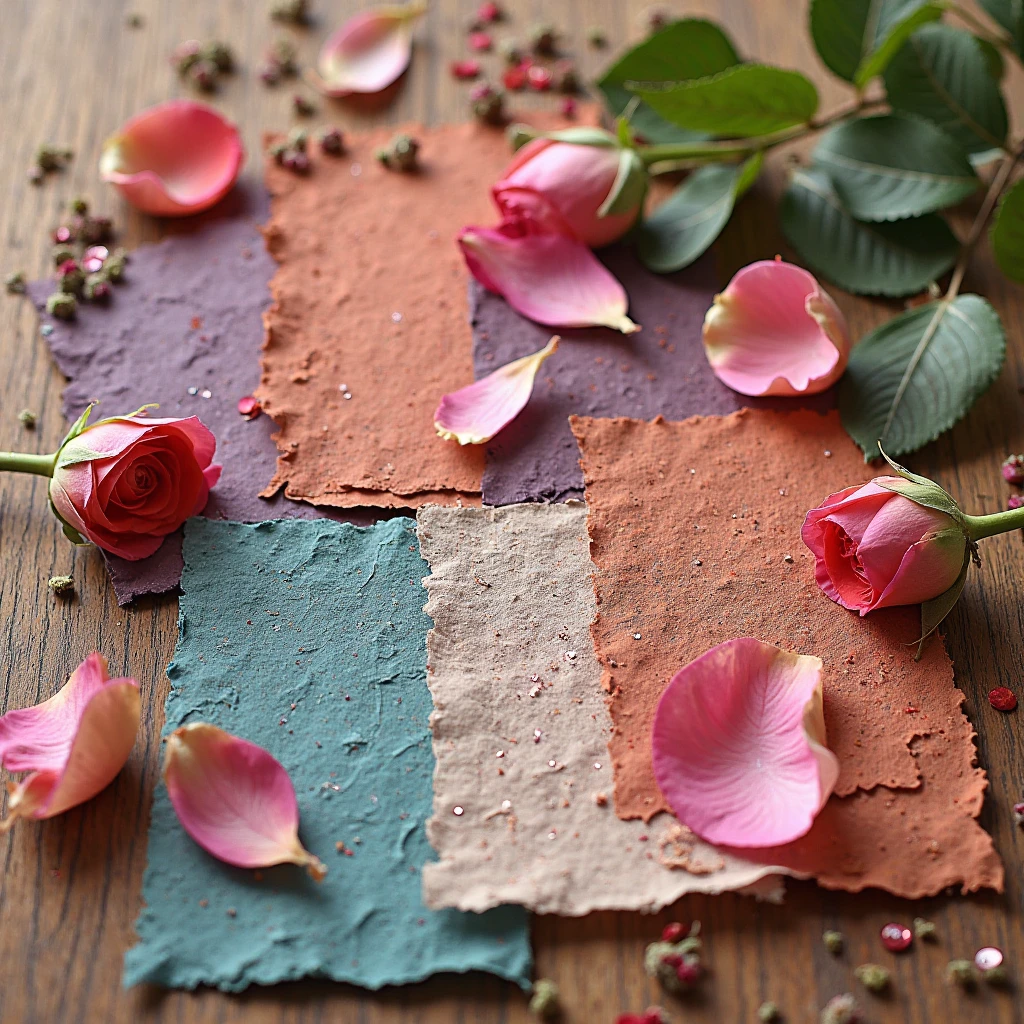
🌿 Environmental aspect and application
Making paper at home is not only a fun creative activity, but also an important environmental step. By recycling waste paper, you reduce the amount of waste and give a second life to used materials. The finished paper can be used to create unique cards, invitations, gift wrapping or artwork.
Such paper is especially valuable for calligraphy - its unusual texture gives a special charm to the works. Homemade paper is also perfect for decoupage and other decorative techniques. And if you have made thick enough sheets, you can even use them for printing - you will get an effective vintage result.
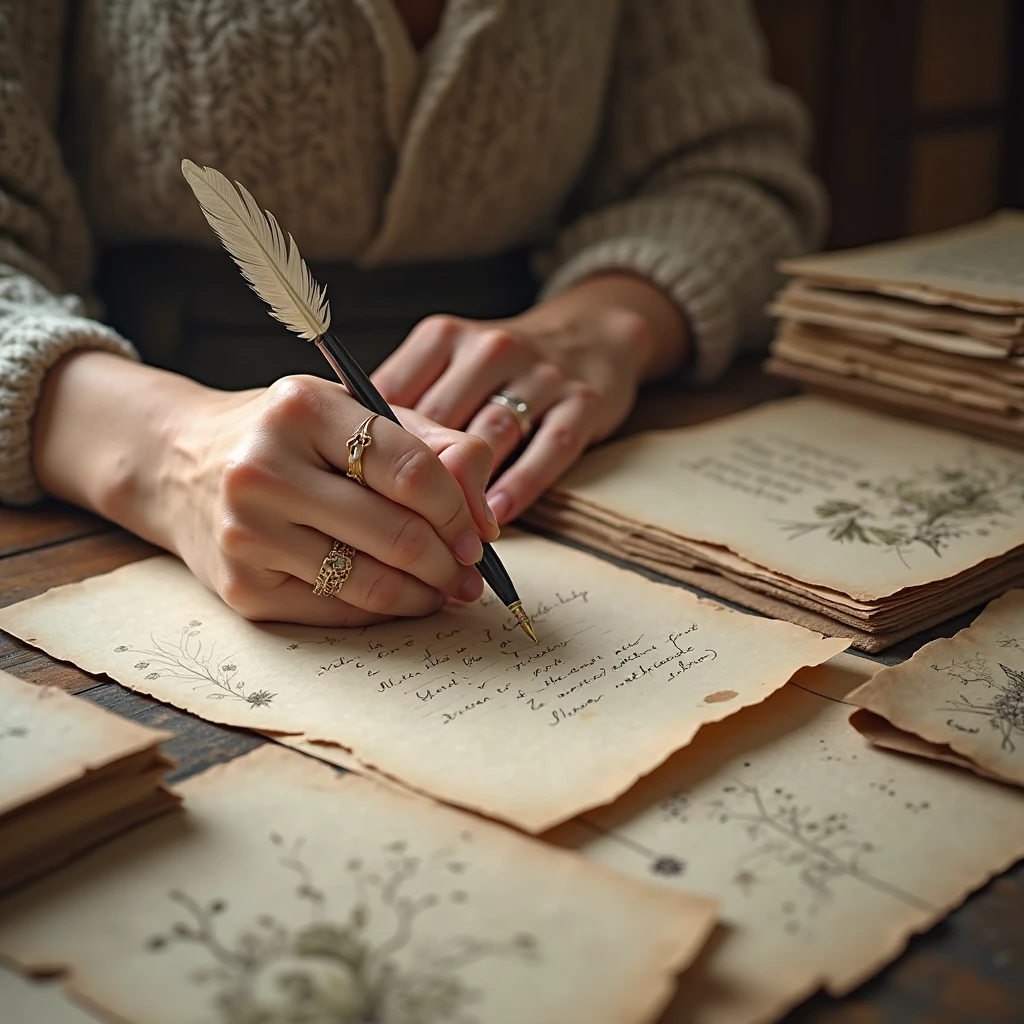
💡 Useful tips and tricks
For best results, there are a few trade secrets to keep in mind. If you want a particularly thin and even paper, try filtering the pulp through a fine sieve before forming the sheets. To increase strength, add a little starch or glue to the mass. If the paper is too thick, dilute it with more water.
It is better to dry the paper in a well-ventilated place, but not in direct sunlight to avoid deformation. To speed up the process, you can use an iron (through a protective cloth) or a hair dryer. Finished sheets are best stored under a press to keep them flat.
🌟 Conclusion: a world of limitless possibilities
Making paper with your own hands opens up limitless possibilities for creativity. Each sheet turns out to be unique, with a unique texture and character. It is a meditative process that allows you not only to create beautiful materials for work, but also to contribute to the preservation of the environment. Start with simple recipes, experiment with different materials and techniques, and soon you will create your own "paper" story.
